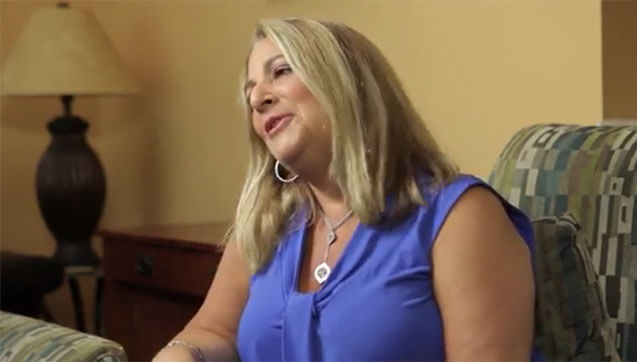Regenerative Medicine Overview
Musculoskeletal injuries (shoulder, hip, knee, etc) are a common cause of pain. Every year, about 100 million new injuries occur, and many progress into chronic pain. Regenerative medicine has been used as a therapy for treating musculoskeletal injuries for decades. Major advancements over the last 20 years have led to significant improvement in techniques and outcomes. Regenerative medicine can be useful for back pain treatment for many of our patients.
What is Regenerative Medicine?
The term “regenerative medicine” refers to a group of therapies aimed at manipulating the body’s own natural ability to heal itself to repair or replace damaged tissue. This is all done in order to avoid having surgery to repair the problem. The basic theory is by injecting a substance at the location of injury and creating inflammation, new cellular growth will help fix the injury. There have been two major improvements that have led to this field of medicine gaining popularity. First, the ability to harness patient-specific injection material (such as in platelet rich plasma injections) provides better treatment options. Second, injections can be done under real-time ultrasound guidance to confirm the material was delivered to the intended target. Prior to this technology, injections were delivered blindly in the general area of injury.









